Autonomous sewerage for a private house: how to make
Long gone are the days when a “birdhouse” on the street was arranged for everyone in a private house. The modern standard of a comfortable life, even in the country, assumes the presence of a normal toilet and, at least, a shower. And in the house there is often more than one bathroom, and in addition, a lot of household appliances. To ensure the required level of comfort, the sewage system for a private house must be done correctly and its basis is the choice of a method for processing wastewater.
The content of the article
Septic tank and local treatment plant - what is the difference
Today, there are three ways to make an autonomous sewage system for a private house:
- The wastewater comes into a storage tank, from where it is periodically pumped out by a sewage machine. The simplest option, which does not provide for any processing and purification. The storage tank is a waste pit (always sealed) or a plastic container.
- The drains are cleaned in a septic tank - containers made of plastic or concrete (plastered bricks). The process takes place due to the "work" of anaerobic bacteria, which enter the septic tank with waste. Purification after septic tanks is not complete (60-70%), the water needs additional purification, although after a good septic tank it looks transparent and often there is no smell. Nevertheless, such water cannot even be used as technical water - it does not pass by standards. For complete cleaning (up to 90-95%) after the septic tank, usually one of the filtering devices (well, ditch, filtration field) is installed. After such purification, the water usually meets the technical criteria.
- Complete wastewater treatment takes place in local treatment plants (abbreviated VOC). In them, purification occurs due to the vital activity of aerobic bacteria (they live in the presence of air), therefore constant aeration is necessary for work. The pumps work constantly, therefore such a sewage system for a private house is also called an aeration unit (AU). At the outlet of the AU, the effluents can be immediately used as process water. True, it meets these criteria only after the installation reaches the operating mode (when the bacterial colony multiplies in sufficient quantity). This can take up to 2-3 weeks.
Unknowingly, many call both those and other installations septic tanks, although these are different solutions that have effluents at the outlet, purified to varying degrees. And although Topas, Poplar, Unilos, Tver are also called septic tanks, they are autonomous purification plants. Actually traditional septic tanks are Tank, Termite, Rostock, Mole, and many others.
Autonomous sewage treatment plants (autonomous sewerage) are often called a toilet for a house without pumping. This means that there is no need to call a sewer truck, but the sludge still needs to be pumped out. Just the amount of sludge is about 10 buckets, you can remove it yourself using the built-in or fecal pump.
To understand which of the solution methods - AU or a septic tank - is better, you must first understand how they differ, and then consider a specific situation. Sewerage for a private house can be done correctly without the involvement of specialists - with your own hands, but for this you need to clearly understand what and why you need to do it. Let's figure it out.
Features of septic tanks
Septic tanks are several tanks-chambers connected by overflow pipes.Each of the chambers has its own cleaning stage. Its basis is fermentation and decomposition by anaerobic bacteria (they can live without oxygen), which are contained in the waste. The more chambers in the septic tank, the more purification steps, the cleaner the outlet water is. But more than 50-60% can be obtained very rarely without additional filtration measures.
Septic tanks are produced from plastic, fiberglass, concrete, very rarely - from stainless steel. Cameras can be implemented in one housing, or they can be separate. To save money, they often build septic tanks with their own hands. Often - make a septic tank from concrete rings, but they are also built of brick or reinforced concrete. Please note that the container must be completely sealed. This is very important for self-construction.
Basic properties
We will deal with the features of septic tanks. They are:
- At the outlet of the septic tank, the drains are purified by 50-75%. Without additional cleaning, they cannot be thrown onto the terrain, into water bodies or used for technical needs (lawn watering, car washing, etc.). Therefore, from the outlet of the septic tank, drains are fed to the fields / filtration ditches, to filtration wells.
- In addition to the presence of drains, a septic tank does not require anything to work. They are non-volatile, they do not need to be populated with bacteria. They are contained in sufficient quantities in the waste that enters the tank. In the septic tank, they still actively reproduce, since an optimal environment has been created for them.
- Bacteria living in a septic tank do not need daily feeding. This is ideal for temporary residence - for summer cottages or country houses with a "ragged" mode of activity. They will safely continue their vital activity "without feeding" for a long time.
- With the correct calculation of the volume, the septic tank is not afraid of an increased volley discharge of drains. That is, by flushing the water and the bathroom, you can not worry and flush the toilet, use the taps, etc.
- The presence of a large amount of disinfectants and detergents does not work very well on bacteria. Since the volume of the cameras is large, it is difficult to inflict tangible harm on them. When such active chemistry is dumped, some of the bacteria will die, but most will remain. So a one-time powerful supply of chemistry will not affect the quality of cleaning.
The main disadvantage of this method of cleaning wastewater from a private house is the need for additional treatment. Funds are also needed for the construction of additional structures, but without them the sewerage system for a private house will not be correct. It is impossible to dump semi-treated wastewater onto the ground. They will very quickly fall into the water and return to yours and your neighbors' wells and wells. This will not bring you joy and health, and you also have to endure the "gratitude" of your neighbors. So we figure out how to clean up drains after a septic tank.
What to do with the drains
Please note that paired with a septic tank, you must have a post-treatment device. Depending on the soil, this can be a filtration well, a filtration ditch or a field (underground or filled). Only in this case can the cleaning be considered complete. Which of the types of filter elements to make depends on the type of soil and the level of groundwater. Read about the selection method and the septic tanks themselves here.
Local treatment plants (LOS or AU)
Autonomous sewage installations, during normal operation, are able to obtain fairly clean water. It cannot be used as drinking water or for watering the garden, but as a technical one, it is very possible. The basis of purification is the work of aerobic bacteria (they live under the condition of the presence of oxygen). The waste processed by them turns into sludge, settles to the bottom of a special tank, from where it is then pumped out. The frequency of pumping out is 1-4 times a year, depending on the intensity of use.
In general, an autonomous sewage treatment plant is a good thing, but it has certain operating features that you definitely need to know before deciding what is best for the sewerage of a private house - a septic tank or AU.

This is how the installations for autonomous sewerage of a private house look like. it AU Topas
AU at the outlet have water purified by 90-95%. With this quality, it can be poured onto the ground, however, for this you must have laboratory tests on hand. Therefore, many people still prefer to use an intermediate sump from which the water is then used for technical purposes. The second option is to divert wastewater to filtering devices. This, of course, is a reassurance, but in emergency situations it saves.
How are the drains cleaned?
Waste is processed by anaerobic bacteria (only live when there is air). To provide them with air, aerators are constantly operating in the VOC. In addition, during cleaning, the transfer of contents from one compartment to another occurs using built-in pumps. So without electricity, these installations are inoperative.
If the electricity is turned off, bacteria without air can survive no more than 4 hours, then they die, the effluents cease to be processed. To start the system, it is required to populate it with new bacteria, and the system can be returned to operating condition only after 2-3 weeks. All this time, the drains will flow, at best, semi-cleaned. This is where a sump or filter unit comes in handy. He'll make things a little better.
Features of operation
Since the volume of autonomous sewage treatment plants is small, they need constant feeding: bacteria need nutrients for normal life. Therefore, such devices are suitable for private houses of permanent residence - regular receipts are needed. In principle, it is possible to preserve for a period, but the procedure is not pleasant, and it will take a long time to enter the installation mode again.
Bacteria that process waste in automatic wastewater treatment plants are also sensitive to active chemistry. Since the chamber volumes are smaller, the disposal of detergents or disinfectants can significantly damage the recycling process. Moreover, it can negatively affect cleaning and antibiotic treatment.
VOCs are much smaller than septic tanks. They are calculated depending on the daily water consumption, but there is such an indicator as a salvo discharge. This is the amount of waste water that an autonomous sewage system can accept at one time. When this value is exceeded, untreated wastewater is poured into other chambers, which significantly reduces the degree of purification. So, in this situation, you have to do what plumbing fixtures and household appliances work at the same time. And if the bathtub is coming down, no other devices should work for some time.
The choice of the slope of pipes when installing a sewage system is described here.
In short: advantages and disadvantages
Autonomous sewage treatment plants are certainly convenient, with them the sewage system for a private house is implemented quickly - installation takes 10-12 hours. Pumping out excess sludge is needed several times a year (1-4 times, depending on the intensity of use, but it may be less often or more often). The amount of sludge pumped out is very small (5-10 buckets depending on the model) and maintenance can be carried out independently, although the procedure is not the most pleasant. But they are doing this, since the arrival of a specialist is not at all cheap.
These treatment facilities for the home have drawbacks - these are the high cost of equipment, dependence on the availability of electricity and the need to monitor the condition of the equipment.
Sewerage for a private house: which is better
Which sewerage system is better for a private house - a septic tank or AU - it is impossible to say without reference to specific conditions. Different soils, location of groundwater, stability of power supply. All this influences the choice of the optimal solution. Let's consider the most common situations.
- The electricity is often cut off. If there is no backup power source (battery, generator), the use of individual treatment plants is risky - bacteria can die, and refueling them every time is an expensive pleasure, and the station takes a long time to operate. Therefore, in this case, it is better to put a septic tank.
- House of periodic residence (country house or summer cottage). In this case, it is also better to put a septic tank - it normally tolerates different intensities of use, while AU does not like breaks.
- Soils "heavy" water leaves poorly. In this case, it is better to put VOCs - with a sufficient degree of purification, their effluents can be discharged into the gutter. If desired, you can make bulk filtration fields or filter ditches under the septic tank and put it. But the device of filtering fields in this case requires large areas (and funds).
- High groundwater table. In this case, the installation of VOCs is optimal - the effluents at the outlet already have a normal degree of purification and they will not cause tangible harm, although additional treatment is desirable - for complete safety.
- Limited budget. The cost of septic tanks is less than the cost of AU. With a limited budget, it is better to install a septic tank. If money is really tight, you can make a septic tank from concrete rings.
| Concrete septic tank | Plastic septic tank | Aeration unit (AU or VOC) | |
|---|---|---|---|
| Dependence on electricity | no | no | guaranteed power supply required |
| Tightness | Difficult to seal, especially with high water table | The case is sealed, requires anchoring or special fixtures | Sealed body, does not float (always full) |
| Demanding on the regularity of "replenishment" | Irrelevant | Irrelevant | It reacts poorly to uneven flows of wastewater, it is better to use it for permanent residence |
| Salvo discharge | Handles large volumes perfectly | Handles large volumes perfectly | Handles only a certain amount of waste |
| Service | Regular pumping out by a sewage truck (1-3 times a year) | Regular pumping out by a sewer truck (1-3 times a year) | The machine is not needed, but the sludge must be removed, and the installation must be washed 1-4 times a year |
| Possibility of self-production | You can do it yourself | Factory version only | Factory version only |
| The cost | The cheapest option | Average by price | Dear |
| Wastewater post-treatment options | Filter well, sand and gravel filter, infiltrators | Filter well, sand and gravel filter, infiltrators | Filter well, sand and gravel filter, infiltrators, drainage ditch |
As you can see, there is no universal solution. There is a better one for this situation. A properly chosen sewage system for a private house is half the battle. Now it remains to decide on the wiring and ventilation.

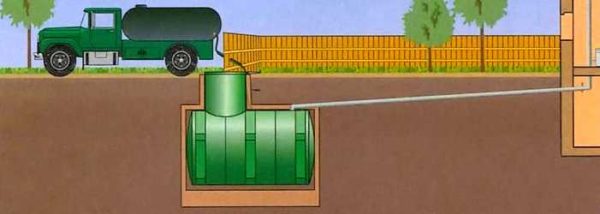
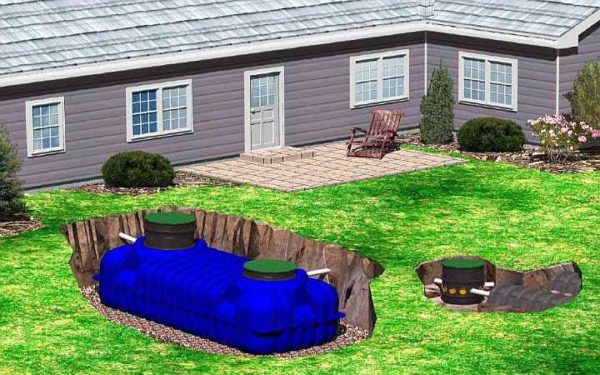
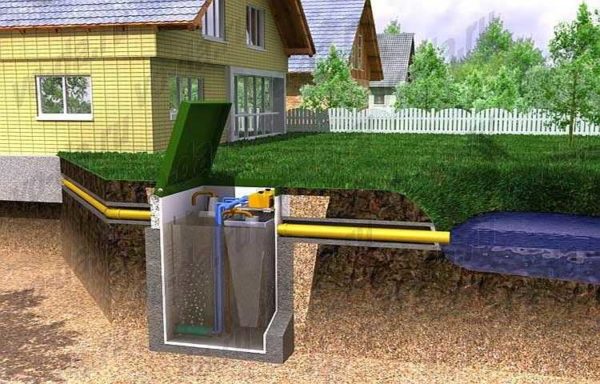
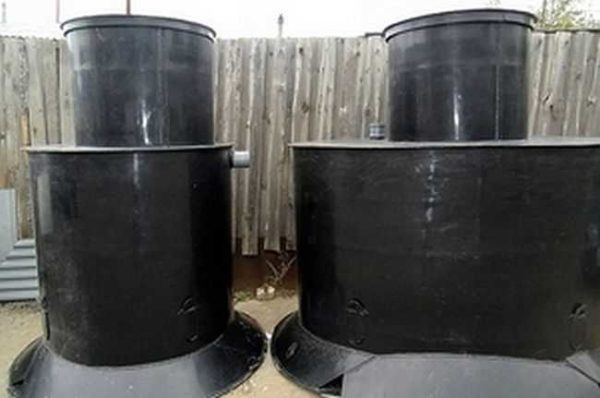
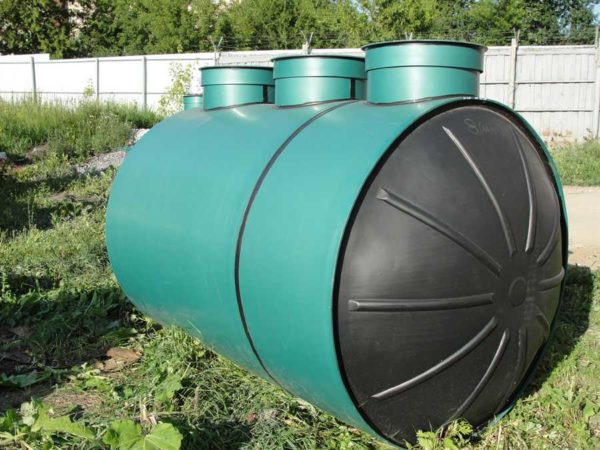
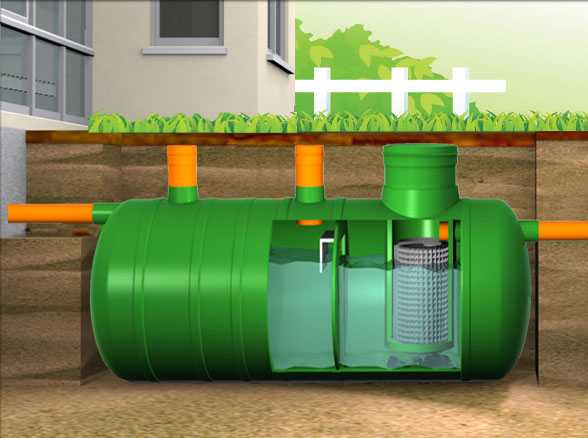
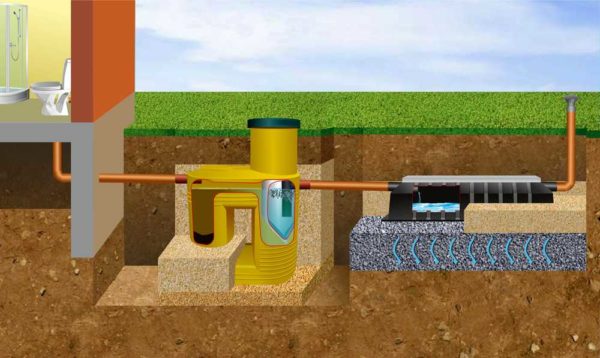
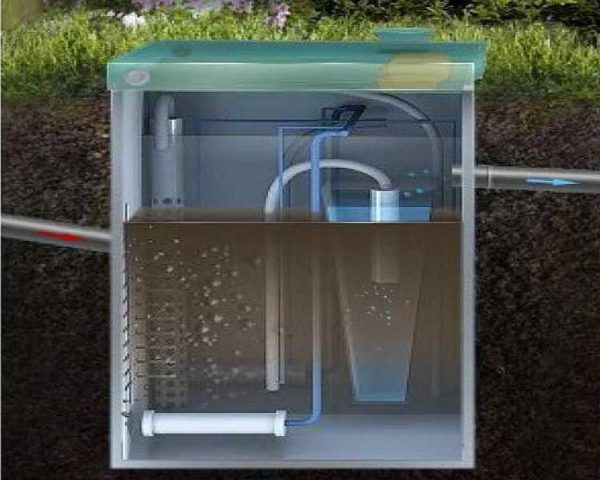
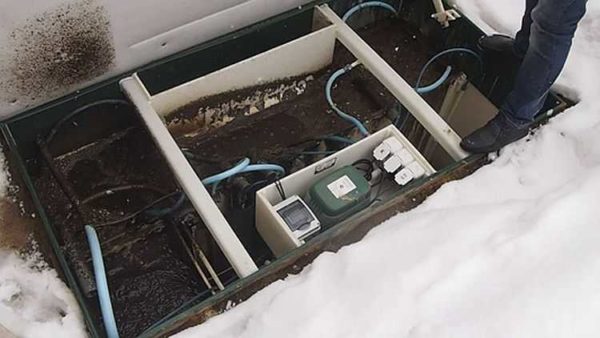
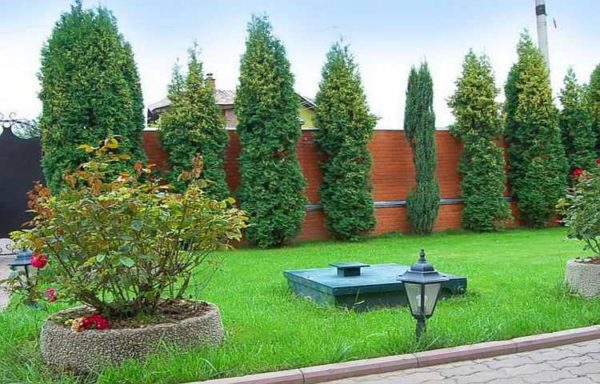

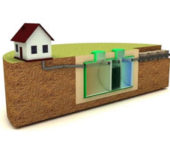
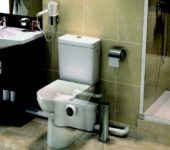
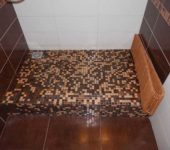
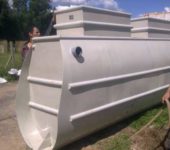
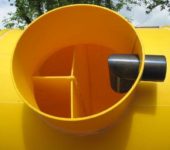





I would advise you not to save money and buy a normal autonomous sewage system. Fortunately, there are a lot of them on the market now, but personally I have SANI. The system takes up little space, since it has the shape of a cone, and not a bunch of departments, it does not need to be insulated and is pumped out once a year.